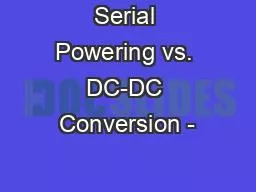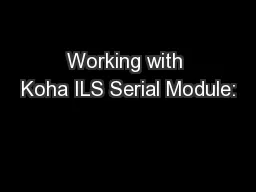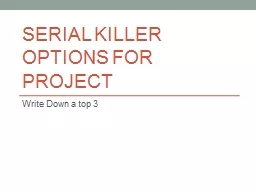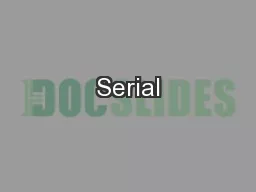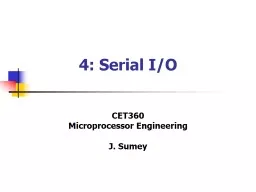PPT-Serial Powering vs. DC-DC Conversion -
Author : sandsomber | Published Date : 2020-06-23
A First Comparison Tracker Upgrade Power WG Meeting October 7 th 2008 Katja Klein 1 Physikalisches Institut B RWTH Aachen University Katja Klein Serial Powering
Presentation Embed Code
Download Presentation
Download Presentation The PPT/PDF document "Serial Powering vs. DC-DC Conversion -" is the property of its rightful owner. Permission is granted to download and print the materials on this website for personal, non-commercial use only, and to display it on your personal computer provided you do not modify the materials and that you retain all copyright notices contained in the materials. By downloading content from our website, you accept the terms of this agreement.
Serial Powering vs. DC-DC Conversion -: Transcript
Download Rules Of Document
"Serial Powering vs. DC-DC Conversion -"The content belongs to its owner. You may download and print it for personal use, without modification, and keep all copyright notices. By downloading, you agree to these terms.
Related Documents

